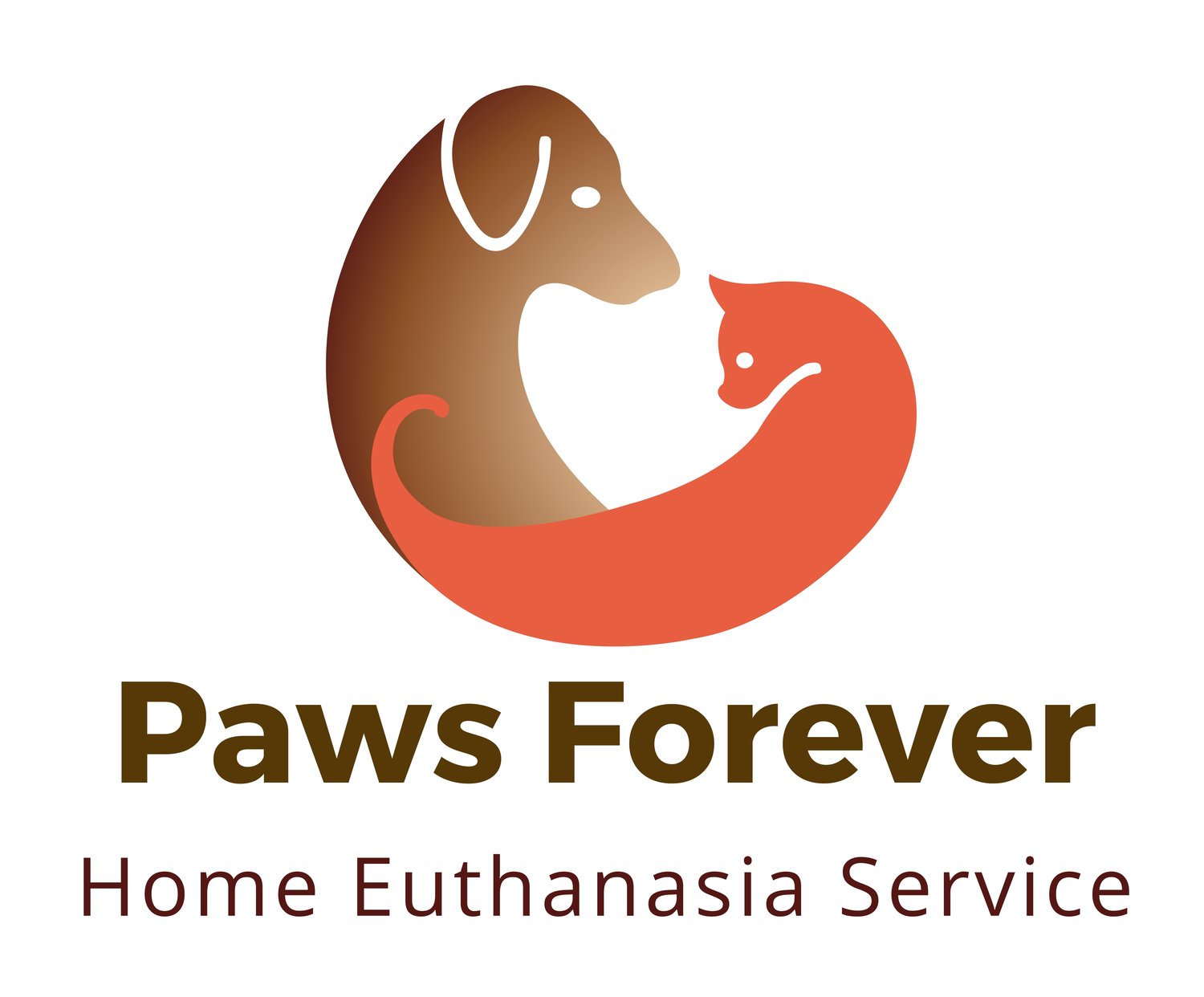Should your children be present?
If you have decided that euthanasia is the kindest choice for your pet, you may wonder whether it is appropriate to include your children in the process.
Children can learn valuable lessons about responsibility, compassion, commitment, and coping when they are involved in the decision-making process regarding the euthanasia of a family pet. Use your judgment as a parent regarding your child’s personality, age, and level of development to frame your discussion of your pet’s illness and euthanasia. It is important to avoid the phrase “put to sleep,” since young children may interpret this literally and become fearful of sleep for themselves or other loved ones. This phrase may also create confusion and anxiety for children regarding anaesthesia for routine procedures, since the line between “sleepy enough for surgery” and death may be blurred. Using the simple term “die” or “help to die peacefully” may eliminate confusion about the word “euthanasia.”
If you decide to have your children present for the euthanasia, prepare them ahead of time for what to expect. Ask questions of your veterinarian prior to the euthanasia so you feel able to guide your children through the process. Use language that is simple and clear. For example: “The veterinarian is going to give Buster medicine (in an injection) that will make his heart stop beating and make him stop breathing. It will not hurt Buster.”
Most importantly, it is okay to show your emotions. Allow your children to see that being sad is normal and natural, so they feel invited to express and share their own feelings of sadness about your pet’s death. It is critical for children to see you model appropriate emotional responses so that they feel safe in doing so. This has been shown to ease the grieving process for children and adults alike.



